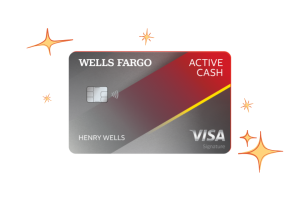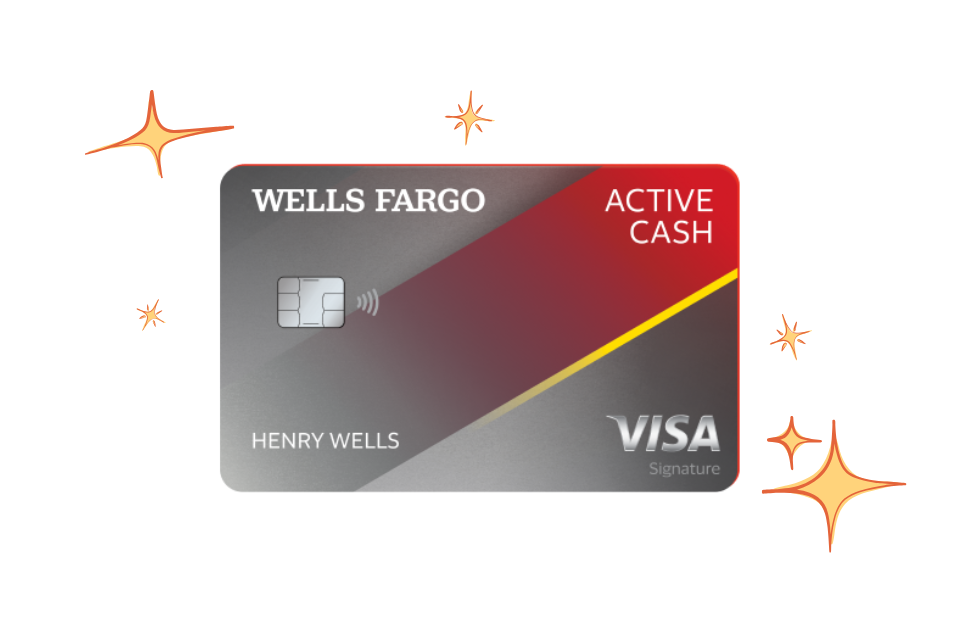Alright, let’s talk about that number the bank gives you when you get a credit card – your credit limit. It’s the maximum amount of money you can charge to the card. When you’re just starting out, that first small limit might feel like a bit of a letdown. Later on, as you use your card responsibly, you might wonder, “Should I ask for more?” or maybe even “Is having a really high limit actually a good thing?”
It’s not as simple as “more is always better.” Your credit limit plays a surprisingly big role in your financial health and especially in that crucial credit score. Understanding how to manage it, when to actively seek an increase, and even when it might be okay to keep it modest is key to using credit limits to your advantage in the US. Let’s break down this often-overlooked piece of the credit puzzle.
How Your Credit Limit Impacts Your Financial Picture (Beyond Just Spending Power)
Okay, the obvious impact is how much you can spend. A $500 limit means you can’t buy that $1,000 TV on this card. Fair enough. But the less obvious, and arguably more important, impact is on your credit utilization ratio.
Remember this guy? We’ve touched on it before, and it’s worth repeating because it’s a giant factor in your credit score (usually the second most important, after payment history, making up about 30% of your score!). Your credit utilization is the amount of credit you’re currently using divided by your total available credit, expressed as a percentage.
- Example: If you have one card with a $2,000 limit and a $500 balance, your utilization for that card is $500 / $2,000 = 25%. If that’s your only card, your overall utilization is also 25%.
Lenders and credit bureaus love to see this number low. Think below 30%. Aiming for under 10% is even better and can give your score a nice boost.
This is where your credit limit comes in. If you have a $500 limit and spend $200, your utilization is 40% ($200/$500) – potentially hurting your score. But if you have a $2,000 limit and spend the same $200, your utilization is just 10% ($200/$2,000) – much healthier for your score.
So, a higher credit limit can be beneficial not because you should spend more, but because it gives you more “breathing room” to keep your utilization low, even with normal spending.
When Asking for a Credit Limit Increase Makes Sense
Okay, armed with the knowledge about utilization, when might you actively want a higher limit?
- To Improve Your Credit Utilization: This is the primary reason. If you find your statement balances often push your utilization above 20% or 30%, a higher limit on that card (or across all your cards) will automatically lower that percentage, assuming your spending stays the same. This can give your credit score a noticeable bump.
- Your Spending Needs Have Increased (Responsibly): Maybe you have larger occasional expenses now, or your income has gone up. A higher limit provides flexibility without maxing out a lower limit card. Crucially, this only applies if you are confident you can manage the higher limit responsibly and not fall into overspending.
- You’ve Been a Responsible Cardholder: Banks like to reward good customers. If you’ve had your card for 6-12 months (or longer), paid on time every single month, and kept your utilization reasonable, you’re a prime candidate for an increase. The bank sees you as lower risk.
- To Consolidate Spending: If you’re trying to channel most of your spending onto one card for rewards, a higher limit on that card might be necessary to keep utilization low while maximizing points/cashback.
How to Ask for a Credit Limit Increase (The Smart Way)
So, you’ve decided it’s time to ask. How do you go about it?
- Wait 6-12 Months (Minimum): Don’t ask too soon after opening the account. Show consistent responsible behavior first.
- Pay On Time, Every Time: This is non-negotiable. Banks won’t increase your limit if you have a spotty payment history with them.
- Keep Utilization Low: Ideally, show them you don’t need the increase because you’re managing your current limit well (e.g., keeping it under 30%). Paradoxical, but effective.
- Request Online or by Phone: Most issuers allow you to request an increase through your online account portal or by calling customer service.
- Know If It’s a Soft or Hard Pull: This is important! Some banks do a “soft pull” (doesn’t hurt your score) for limit increase requests, especially if you initiated it or they offered it. Others do a “hard pull” (can slightly lower your score). Check the issuer’s policy or ask before you request. Avoid multiple hard pulls in a short time.
- Be Prepared to Share Income Info: They might ask for updated income details to assess your ability to handle a higher limit.
When Keeping Your Credit Limit Lower Might Be Better
Wait, why would you not want a higher limit? Good question!
- If You Struggle with Overspending: Be honest with yourself. Does seeing a higher number make you feel like you have more money to spend? If you know you might be tempted to rack up a higher balance just because you can, a lower limit acts as a useful guardrail. It forces you to stick closer to what you can afford to pay off.
- To Simplify Management: For some, managing multiple high-limit cards feels overwhelming. Keeping limits modest across several cards might feel more manageable.
- Preventing Catastrophic Fraud: If your card number is stolen, a lower limit means the fraudsters can potentially charge less before the account is frozen. (Though zero-liability policies minimize your financial risk here anyway).
For most people focused on building credit and maintaining a healthy financial picture, the benefit of a higher credit limit (primarily for managing utilization) outweighs the reasons to keep it low IF they are disciplined spenders. The danger comes not from the high limit itself, but from a lack of spending discipline.
The Bottom Line
Your credit limit is more than just a spending cap; it’s a key factor influencing your credit utilization ratio, which is vital for your credit score. For responsible cardholders, strategically increasing credit limits over time is a smart move to help keep utilization low and boost creditworthiness. Aim to get increases on accounts you manage well, especially after showing consistent positive behavior for 6-12 months.
However, if you know you have a tendency to overspend or struggle with budgeting, a lower limit might actually be a helpful boundary. Be honest about your habits, understand the impact on your credit score, and make informed decisions about managing the credit limits on your cards to support your overall financial goals.
















